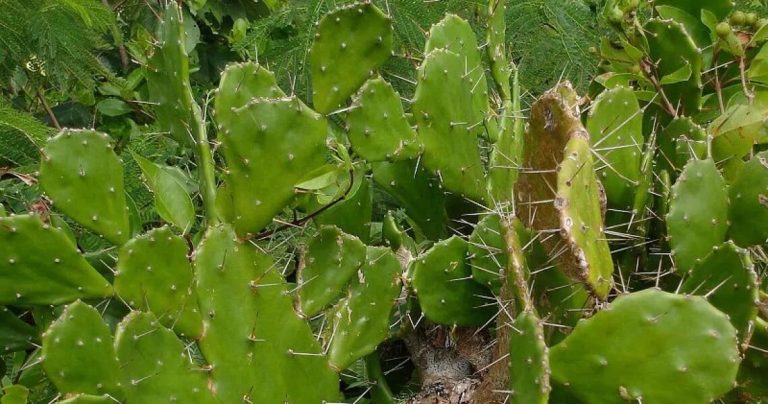
Blog
Nice pair
Author: Mike Clough
Date Posted: Friday 24th April 2015

0161 723 2000
8AM to 5PM

Author: Mike Clough
Date Posted: Friday 24th April 2015

I’m always interested in invasive species stories – where did they came from?…. how did they get to where they are?…. were they planted on purpose or was it an accidental introduction? ….I love it….
This I think stems back to walking around the UK with my dad and him telling me tales of Rosebay willow herb (Chamerion angustifolium) being spread by the steam trains (he was a railway enthusiast) – the trains set fire to track side vegetation and the willow herb thrived in the bare ground. The seeds were blown along by the passing trains and an invasion began that spread throughout the UK. The bombing during the war also created patches of burnt ground and again the Rosebay thrived – it had a nickname of ‘fireweed’ due to its propensity for growing in these fire damaged areas.
Japanese knotweed was originally introduced through the Royal Horticultural Society in Kew – where due to its ease of growth and its tolerance of a variety of conditions it was given a Gold Medal and made plant of the year! How things have changed…..now even the mention of having this plant in your garden can send shivers of fear through the property owner!
Giant hogweed was loved by the Victorians for its grand foliage and wonderful flowers – yet every year it causes injury to hundreds of unknowing children and adults who get burned by its toxic sap. People still buy and plant Giant hogweed and still just don’t understand the dangers that it presents
I’ve just been reading about an invasive ‘pair’ – OK an invasive pear – actually the pear I’m talking about isn’t that ‘nice’ a pear and is actually very prickly…’Opuntia monocatha’ to be exact – or the ‘common prickly pear’. This must be one of the earliest plant invasions (I could be wrong) it was present in India in 1795 then introduced to Sri-Lanka in 1850 (Beeson 1934) – then introduced to Australia and South Africa in the 1800’s and was probably present in many other countries by 1900. In Australia as an example, it was estimated that by 1920 almost 10 million hectares in eastern Australia were infested with various Opuntia species – equivalent to one third more than the total cultivated area of the whole country at that time!
With the ‘prickly pear’ there will always be a risk of it being introduced as an ornamental or hedging plant, perhaps via the international nursery trade in succulents? Japanese knotweed has been used to stabilise embankments and as an animal fodder. Giant hogweed is still valued as an ornamental and often used as a focal point in gardens by people ignorant of its dangers and oblivious to its multiple seed production and ease of spread.
The key to answering the issues associated with invasive species management must lie in education. Whilst legislative powers will raise the profile of these problem plants – I’m sure that if gardeners understood the dangers of planting these species – they would be more open to using alternate varieties.
With the correct education maybe the initial impact of a ‘nice pair’ could be put to one side… and a more suitable ‘pear’ would be preferred.
Mike C